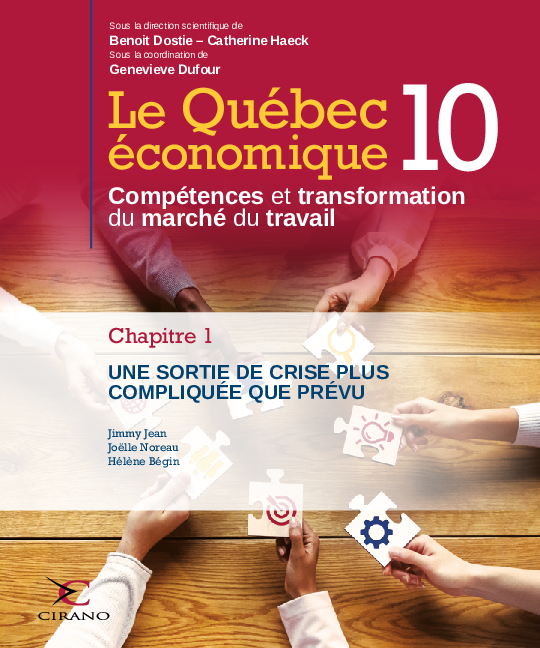Le Québec économique 10 - Chapitre 1 - Une sortie de crise plus compliquée que prévu: La pénurie de main-d’œuvre parmi les plus grands défis de la reprise
With much work still to be done to contain the risk of emergence and spread of new variants, the COVID-19 pandemic still represents a risk factor for the global recovery. Notwithstanding this, large supply and demand imbalances continue to generate inflationary pressures that should eventually be resolved, but on a horizon that remains highly uncertain. Central banks have made it very easy for governments to deal with the crisis, but the threat of persistent inflation and a stalling of inflationary expectations is causing central banks to reduce the amount of monetary stimulus, which is likely to result in higher borrowing costs for governments. The best way to deal with this is through policies that encourage an acceleration of growth potential, which is however threatened by several factors, including the labour shortage, which has rarely been so acute. In Quebec, this has been a long-standing impediment and also affects the decline in the structural unemployment rate in all regions. For the time being, wage adjustments remain orderly, but significant increases in labour costs would be detrimental to SMEs. Meanwhile, the shortage is hurting investment and productivity, which are essential ingredients for the economy's growth potential. Sustainable solutions lie in training, retention, immigration and the retention of older workers.




